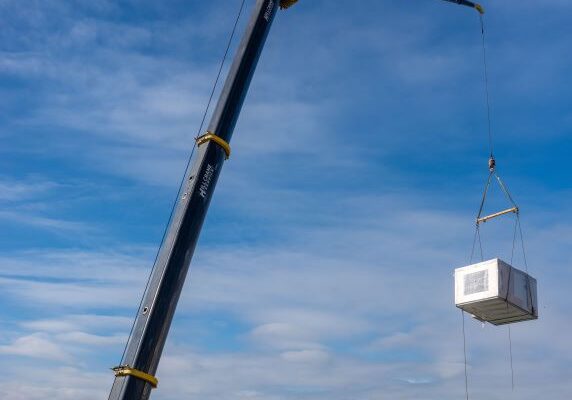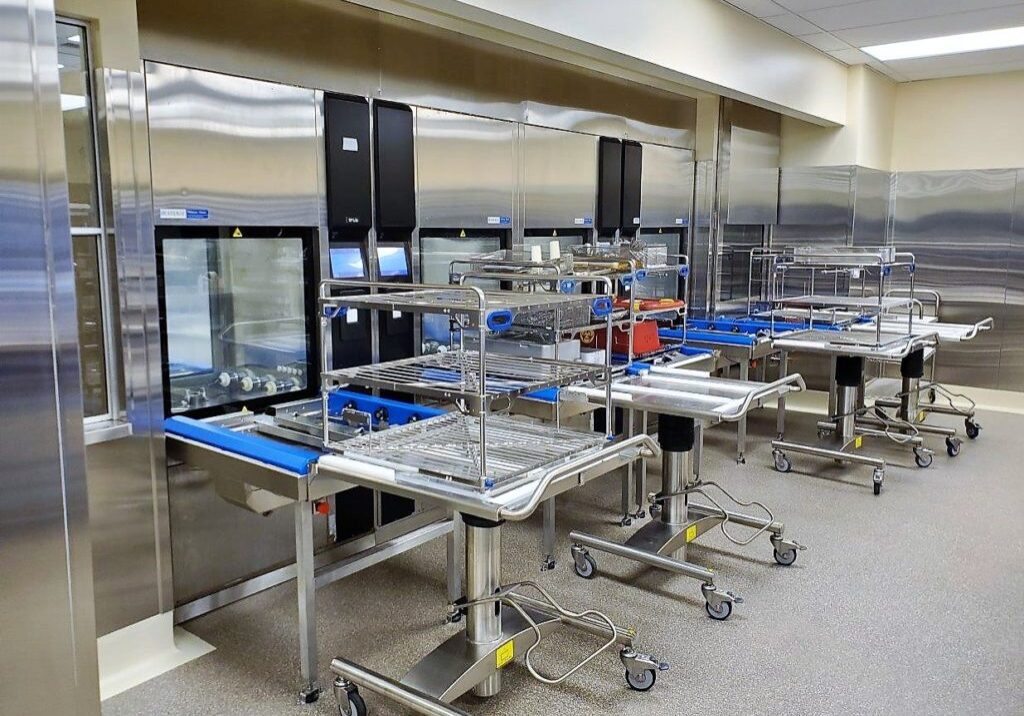Seismic activity and soil conditions in California sometimes require improvements to the soil prior to constructing a medical facility. Interestingly enough, we have two current projects demonstrating different specified systems.
At our Mercy Retirement and Care Center (MRCC) project in Oakland, soils improvements have been completed wherever a wall exceeds 3 feet. The most notable areas where this has been employed at the MRCC project is at the site of the new building addition and the new parking garage. In these areas, a combination of drilled displacement columns (DDCs) and drilled replacement columns (DRCs) are being used to combat soil liquefication in the event of an earthquake. DDCs and DRCs are useful when soil conditions are not ideal, large spread footings are not an option, and replacing soil with engineered fill would be too costly. In the case of MRCC, spread footings were not possible due to both the existing building proximity and limited site space. DDCs are installed by drilling 20+ feet into the ground and filling those holes with concrete and rebar. DRCs work similarly but are wider and less deep. The equipment used for DRCs is also smaller and therefore DRCs can be installed closer to buildings and in tighter site conditions.
At Providence Saint Joseph’s Medical Center in Burbank, our Emergency Department (ED) and Urgent Care (UC) project is using two types of soil improvement systems. Over the course of the project, 1,140 columns will be installed at a depth of 40 feet. The two systems deployed are Vibro Stone Columns (VSCs) and Concrete Deep Soil Mixed columns (CDSMs). The VSCs measure 2’ in diameter and require placement outside the footprint to half the distance of the column depth, in this case 20’. This system is being installed in the inner part of the building footprint. They are a more common and cost effective option approved by OSHPD. CDSMs are 6’ in diameter but have no requirement for additional improvement outside the building footprint so although more costly, they are effective where the real estate required for VSCs is not available. In this case that occurs near underground utility structures, tunnels, and adjacent buildings – generally at the perimeter of the site.
PSJMC construction video link: https://stahlcompanies.sharepoint.com/:v:/g/EV8yL-A0vqVMv5bTxj-V674BVSj5Nyw05e6DDq7ViO6Uuw?e=3vaBk4
MRCC construction video link: https://stahlcompanies.sharepoint.com/:v:/g/EWaK6JEwBHpNr7a3JYAMBksBWTxSI4-Bwoo4zsJQYl8OVw?e=Mhp8Ki



